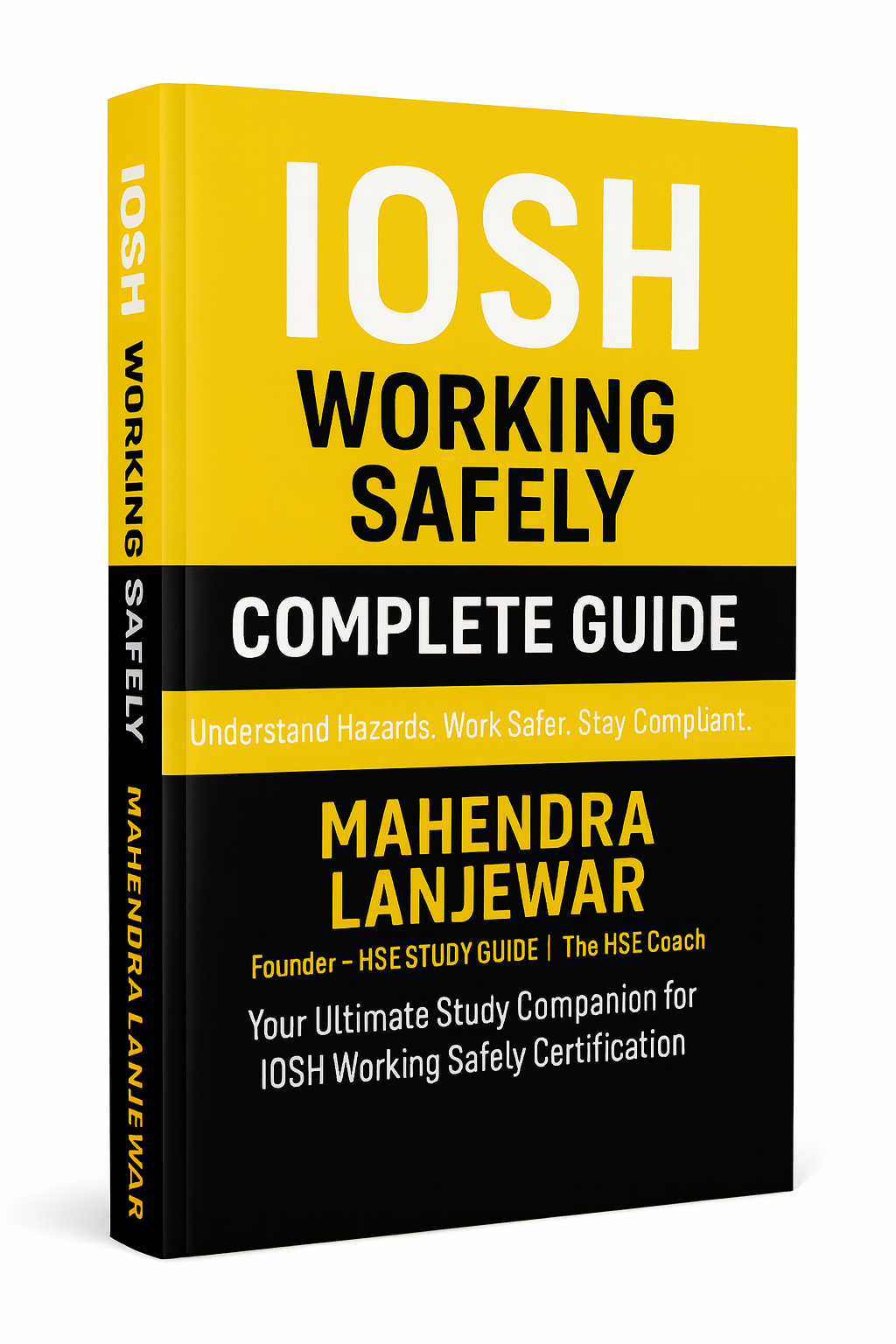
10 Essential Safety Officer Tips Every Workplace Needs To Know!
Safety Officer : Creating a safe work environment is critical to the well-being of employees and the success of any organization. Safety officers play an important role in ensuring that workplace hazards are minimized and that everyone can do their job without unnecessary risk. In this blog post, we will share ten essential tips that every safety officer should know in order to maintain a safe and accident-free workplace.
Be aware of the regulations and stay updated:
Safety regulations are constantly evolving, and it is important for safety officers to stay up to date with the latest guidelines and standards. Regularly review and adopt safety policies in line with industry best practices.
Carry out a comprehensive risk assessment:
Identify potential hazards in the workplace through a thorough risk assessment. This includes analysis of physical hazards, equipment hazards and even ergonomic factors. Understanding the hazards is the first step towards preventing accidents.
Promote employee training and awareness:
Educate all employees about safety protocols and potential risks related to their roles. Training sessions, workshops and safety drills can help create a safety conscious workforce.
Encourage open communication:
Safety officers should foster a culture where employees feel comfortable reporting security concerns without fear of consequences. Open communication channels are essential to quickly deal with potential threats.
Apply safety equipment and gear:
Provide employees with necessary safety equipment and gear, such as helmets, gloves, goggles and protective clothing. Make sure these items are readily available and regularly inspected for functionality.
Regularly inspect and maintain equipment:
Faulty or poorly maintained equipment can cause accidents. Regular inspection and maintenance of machinery and equipment is important to prevent potential hazards.
Emergency response plan:
Develop and practice emergency response plans with the entire workforce. Conduct drills to ensure that employees know how to respond quickly and effectively to critical situations.
Encourage a clean and orderly workplace:
Clutter and disorganization can lead to accidents. Promote cleanliness and organization in the workplace to eliminate tripping hazards and keep the environment safe.
Example:
Safety officers themselves should set standards by following safety protocols. Leading by example establishes credibility and encourages employees to prioritize safety.
Continuous Improvement and Feedback:
Regularly assess the effectiveness of safety measures and seek feedback from employees. Encourage suggestions for improvement and implement necessary changes to enhance workplace safety.
How to Become a Certified Safety Officer (CSO)?
Certified Safety Officer (CSO)
Conclusion:
Safety officers are the guardians of workplace well-being. By following these ten essential tips, they can create a safe and healthy work environment, increase productivity, reduce accidents, and foster a culture of care and responsibility. Prioritizing safety not only protects employees but also contributes to the overall success and reputation of the organization. Remember, safety is a shared responsibility that begins with the dedication and commitment of each safety officer and employee.























very useful information and knowledge has been given by this website . i am very glad to say thank u so much . i had talked to u in 2018 when you you started this channel .
Thank you!
Very interesting and useful information thanks so much for informative work
This will reduce hazards on sites 👍👍👍
Very much appreciated content about the safety
Thanks